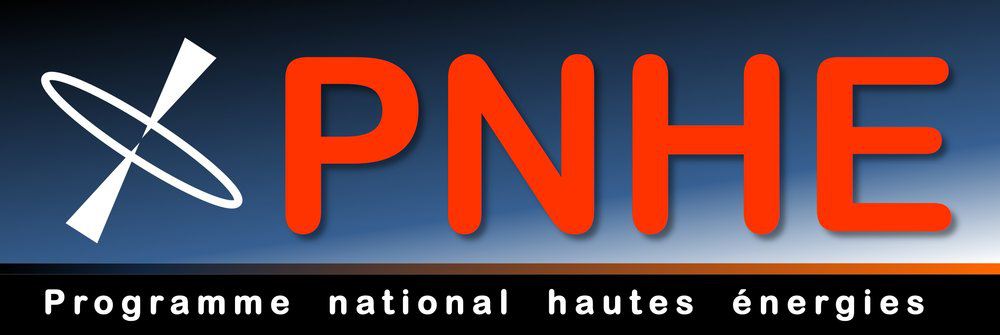Présidents de session
Gamma-rays
- Fabian Schussler (CEA/Irfu)
L'astronomie gamma de basse énergie explore de nombreux domaines de recherche en astrophysique (pulsars, trous noirs, noyaux actifs de galaxie, nucléosynthèse, ...). Elle garde un grand potentiel de découvertes, tout particulièrement en lien avec l'astronomie des phénomènes rapides et l'astronomie multi-messagers. Pendant cette présentation , je ferai un état des lieux rapide des thèmes les...
The bulk of the cosmic rays we see at Earth are at a few GeV. Most of them are expected to be accelerated in old supernova remnants (10 000 yrs and more). Indeed many old SNRs are readily observed in GeV gamma rays, and those interacting with interstellar clouds are particularly bright.
The GeV emission is essentially pio0-decay, but can be due to two acceleration mechanisms:
-...
With the advent of the European Gaia astrometry mission and the constantly improving geodetic VLBI program who now provide both optical and radio reference frames with precisions better than 0.1 mas, challenging questions arise about the location of the optical centroid with respect to the radio one in extragalactic radio sources. We propose a study aiming at identifying which mechanisms are...

